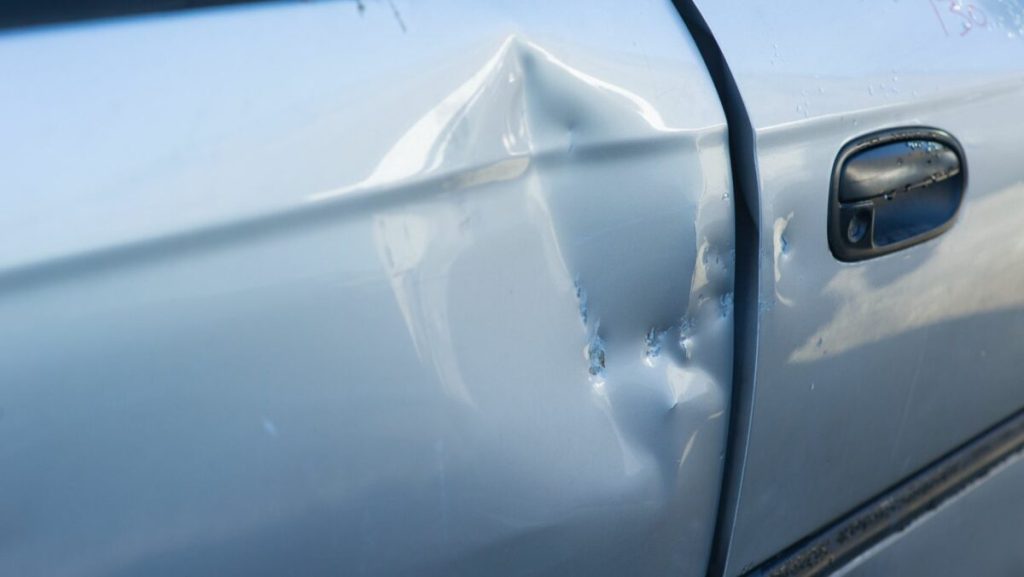
Car dents are unfortunate, but unavoidable. They compromise both aesthetics and value, no matter whether it is from rogue shopping trolleys, hail storms or minor accidents. Out of all professional solutions, there are two main methods: Paintless Dent Repair (PDR) and traditional dent fixing. This can help car owners make informed choices as to how they differ. SMART repairs in Leeds can seamlessly fix dents, no matter what caused them.
The Basics of Paintless Dent Repair
Paintless Dent Repair (PDR) is a modern method that can remove the dents without affecting the original paintwork of the vehicle. Experts make use of specialized tools to progressively put the damaged area back into shape, slowly, from the back. Minor dents and dings are easily repaired using this method because it doesn’t involve sanding, filling, and repainting.
How Traditional Dent Fixing Works
Traditional dent repair involves sanding, fillers and repainting to fix the vehicle’s surface. Usually, the dent is smoothed out and body filler is applied to make the area even. After drying, technicians sand the panel, repaint and seal it. This is a good method for extensive damage but takes more time and resources.
Key Differences Between PDR and Conventional Repair
1. Impact on Vehicle Paint
Paintless Dent Repair preserves the factory paint integrity. On the other hand, traditional dent fixing involves repainting that may not always be in perfect color match with the surrounding areas.
2. Time Efficiency
One of the reasons PDR can be completed in a short time is because it skips sanding, priming, and painting. However, this method takes a lot of time compared with conventional dent restoration.
3. Cost Considerations
PDR is usually less expensive since there are fewer materials and less labor. Traditional repair methods take longer, use more paint and filler materials, and thus cost more than alternative methods.
4. Suitability for Different Types of Damage
PDR is best for minor dings and shallow dents. But if paint has chipped, creases or sharp folds in the metal occurred as a result of a dent, conventional repair may be required.
5. Environmental Impact
PDR is an eco-friendly solution since it does not require chemicals and excess paint. However, traditional repair involves solvents and paints that lead to environmental waste.
When to Choose Paintless Dent Repair
This is a great method for small dents in which the paint remains intact. PDR is most effective on vehicles with aluminum or steel panels whose metal has not been stretched beyond repair. If you’re searching for a SMART repair in Leeds, technicians who are experts in PDR can provide a quick, efficient and seamless fix for minor damage.
When Traditional Repair Becomes Necessary
Conventional repair techniques are usually required for deeper dents, paint damage and sharp creases. If paint cracks have allowed rust to start forming, repainting is necessary to stop the deterioration of the metal. Whereas, in the case of SMART repairs in Leeds, these cases are also catered to by the professional refinishing to match factory quality finishes.
The Best Choice for Your Car
PDR or conventional dent repair depends upon the extent of the damage, the nearness of the ordeal and overall spending. PDR is fast and cheap, but it is not enough when the issue is too big. That’s why a traditional fix is still indispensable. By knowing the strengths of both approaches, vehicle owners are assured that they are getting the most suitable care for their cars.

